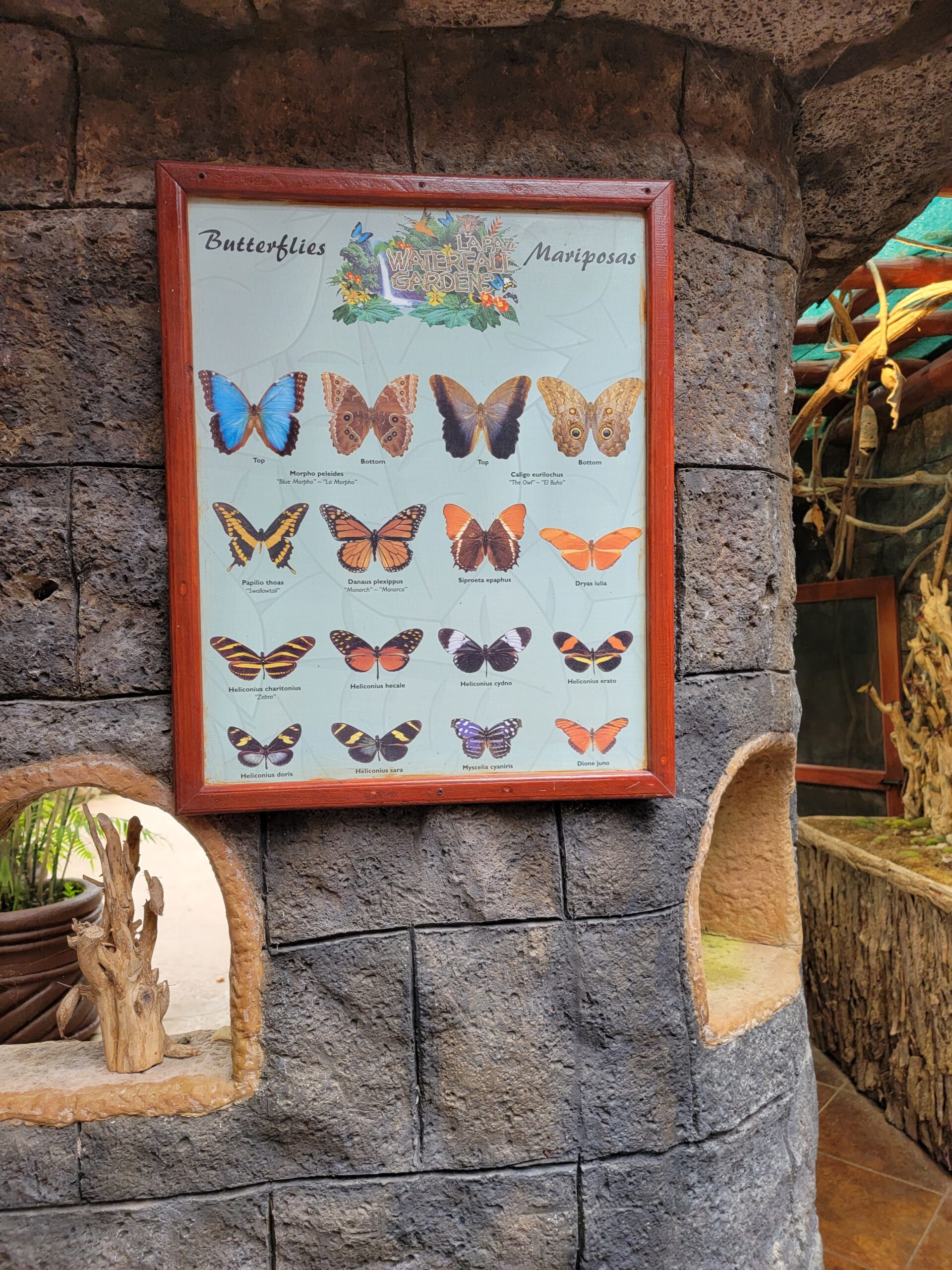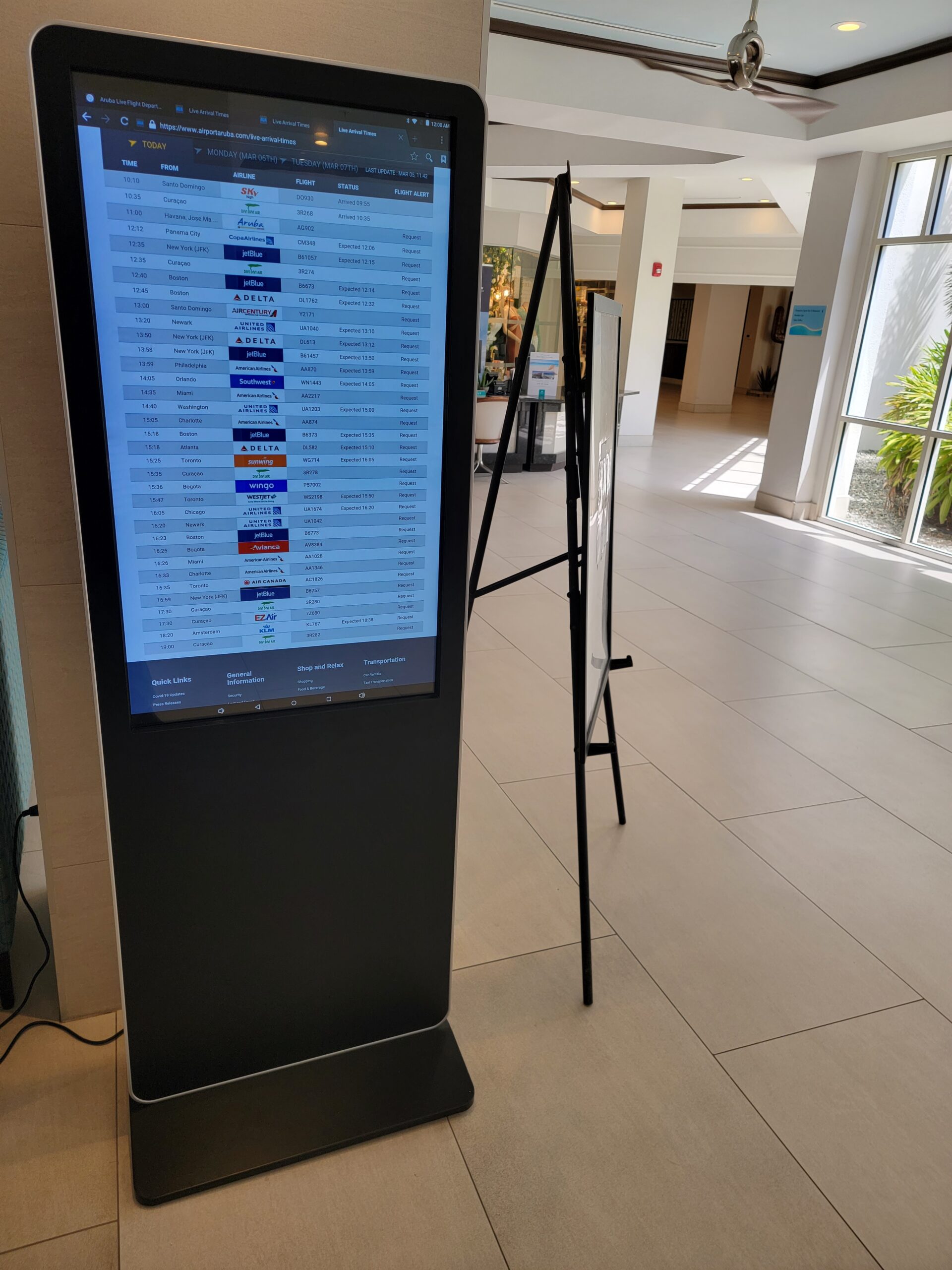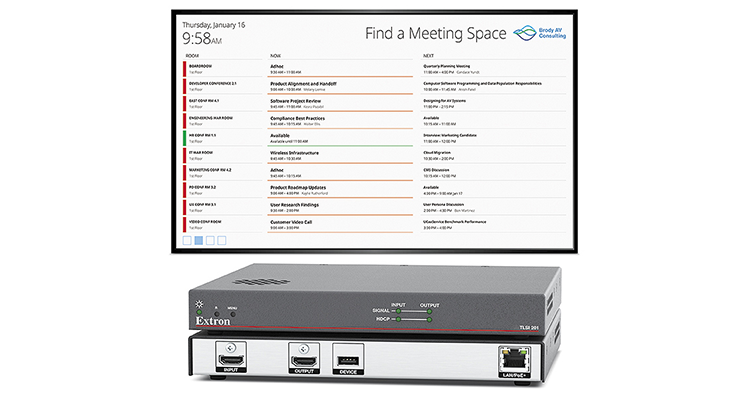My Search for (Digital) Signage in Costa Rica and Aruba
I am very fortunate to have visited two countries known as tropical paradises: Costa Rica and Aruba. And while I find myself constantly looking toward digital signage experiences in my own surroundings, I thought it would be exciting to do the same on my travels. Here are some notable examples, and perhaps how some could have been more captivating with the addition of digital signage.
Costa Rica
After an uneventful flight to Costa Rica, I got a ride from the airport to my first hotel, Peace Lodge. The property included a large animal and insect sanctuary, where I spent most of my time there exploring.
This section had a stagnant “BIRDS” sign to show pictures of the various species of birds and their habitats. They were calling to each other throughout the tree canopy as I watched from the ground.

This bird environment also included an animal that is typically hidden high up in the trees. This sleeping sloth was hanging from a metal grid using its claws to stay about an inch above a heater to keep from burning itself.

The next section was butterflies, which also had a non-digital sign that included the names of each type of butterfly along with drawings.

All of the aforementioned spots would have been perfect for a more informative digital display — perhaps with changing screens for each of the different species of birds and insects. Then the font could have been larger and there would be an option for multiple languages. By doing this, it could open up the experience and learning opportunity to even more tourists.
I got to experience a little more digital signage at our final hotel, The Four Seasons. To set the scene, it was four hours away by car. On the drive, I saw a good portion of Costa Rica and even some digital signage as I traveled through a few towns despite most of the trip taking us over hills and mountains.
During the first full day at this destination, I stayed mostly on the beach, and in the late afternoon, I walked up the stairs to be by the pool. As I walked around there were several digital signage displays all over the lobby and in the restaurants (videos showing different types of activities, menus, advertisements, etc.) as you would expect to see in any modern hotel.
However, next to one of the restaurants was a wine and rum tasting area. (I participated in both events during my stay and am now a huge fan of Centenario Café coffee rum, which did not smell good but tasted great.) In this area, there was an adjacent room with a 10-foot diagonal video wall, but turned off. What could have provided more information about daily deals, history of the coffee and more, was providing … absolutely nothing.
I was pleasantly surprised the next morning when I walked by the pool and saw a chalkboard outside that said, “World Cup Semi Finals BBQ.”
Since I played varsity soccer in high school and college (okay, Division III, but still varsity), I was excited to see at least one game from the World Cup that week. But I was more curious as to how, when and where the hotel staff would set up a display or displays during a hot sunny day and on the beach … but don’t worry. I found out for you.

I stood there in disbelief as a large video wall, which was not there less than 20 hours before, was playing the World Cup semifinal match between France and Morocco. I was even able to check out the back of the display to check out the configuration.

The video wall was set up between trees to block the sun and most of the area was in the shade. There was a frame dug into the sand holding up the video wall, which was configured with 10-foot-wide by 3-foot-high cabinets (20-foot-wide by 12-foot-high panels). The power and data cables were wrapped around the tree behind the wall.
Curious about the sound quality? In front of the video wall on either side were dual vertical pole sound bars — they worked extremely well considering there were a number of people talking at the barbecue.
Conclusion? Beach experiences can be remarkably improved with the right signage (along with food, drinks and desserts, of course).

Aruba
Since the many years ago that I first traveled here, the island has grown substantially in the number of high-rise hotels, condominiums, bars, restaurants, stores and people. The main strip of hotels is on the northwest side of the island.
I noticed that the number of non-digital and digital signs and information has increased drastically over the years, like the flight schedule listed on the hotel lobby kiosk.
My morning routine consisted of a walk along the hotel strip. There are always interesting things to see and experience in Aruba. During my first walk of the week, I noticed a huge increase in the number of signs on either side of the path between the hotels, restaurants/stores and the beach.
The following are only a few of the signs I saw while here, and most of them are not digital! While in many instances, it seems to be a conscious choice, there are a few that I think should be digital in order to serve the area best:

And a few more examples.
There was also an older video wall on a wall next to the hotel bar featuring bezels, which I have not seen for some time.
At the casino, there was a curved video wall. I think the only one I saw on the trip.
Overall, I was excited to see the different types of signage in Costa Rica and Aruba, and was pleased to see that Aruba has been slowly upgrading to more digital signage options and installations. While certain signs were intentionally not digital (the funny “wayfinding” wooden signs that note how far you are from other destinations), there seems to be many lost opportunities. Since Costa Rica and Aruba have so much revenue that comes from tourism, it would increase efficiency to add digital signs in more places. There would be opportunities for more languages to be included, more information on activities, more accurate wayfinding and weather information and other value. Here’s hoping next time I go, both countries will take my advice!





